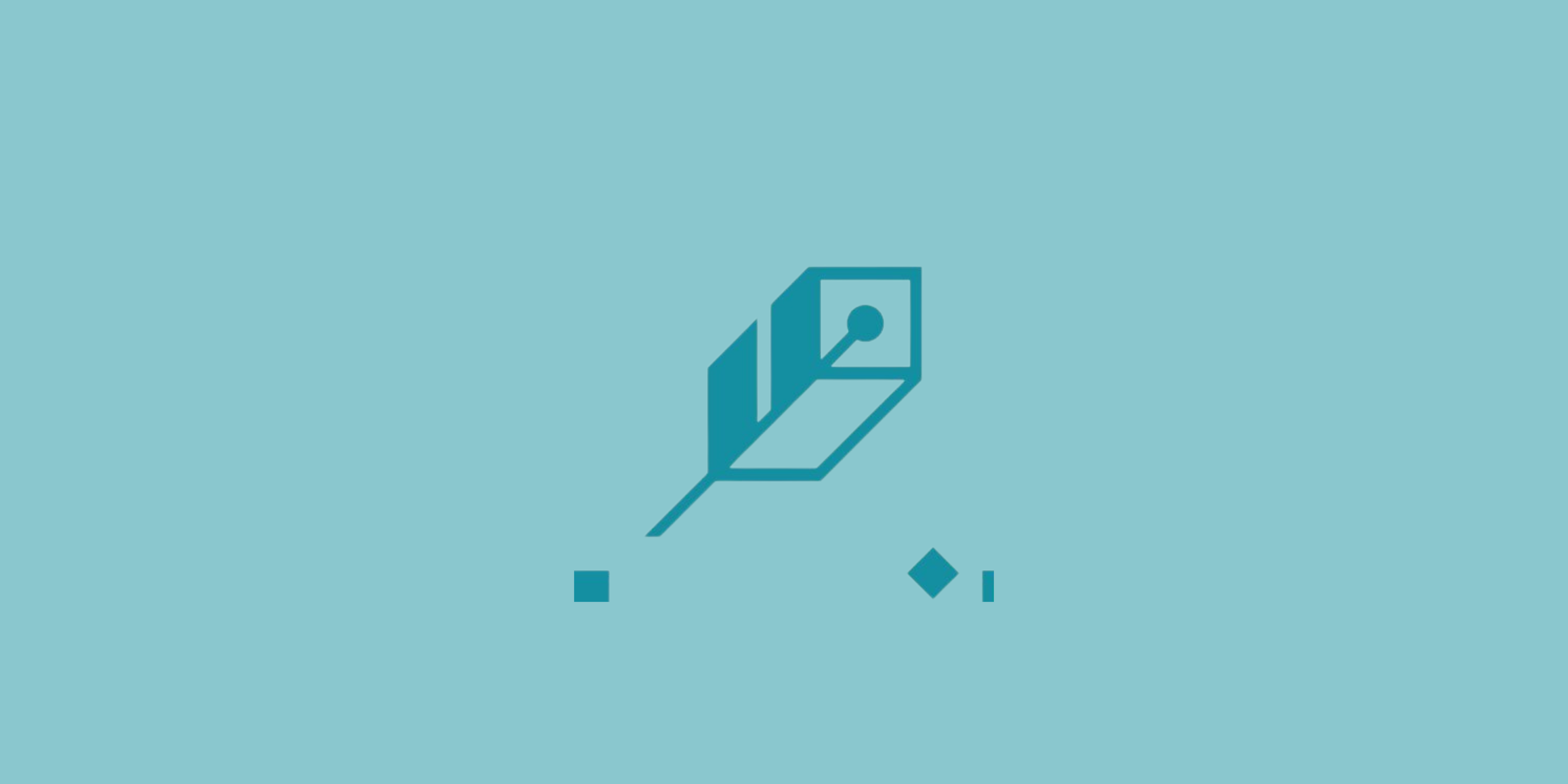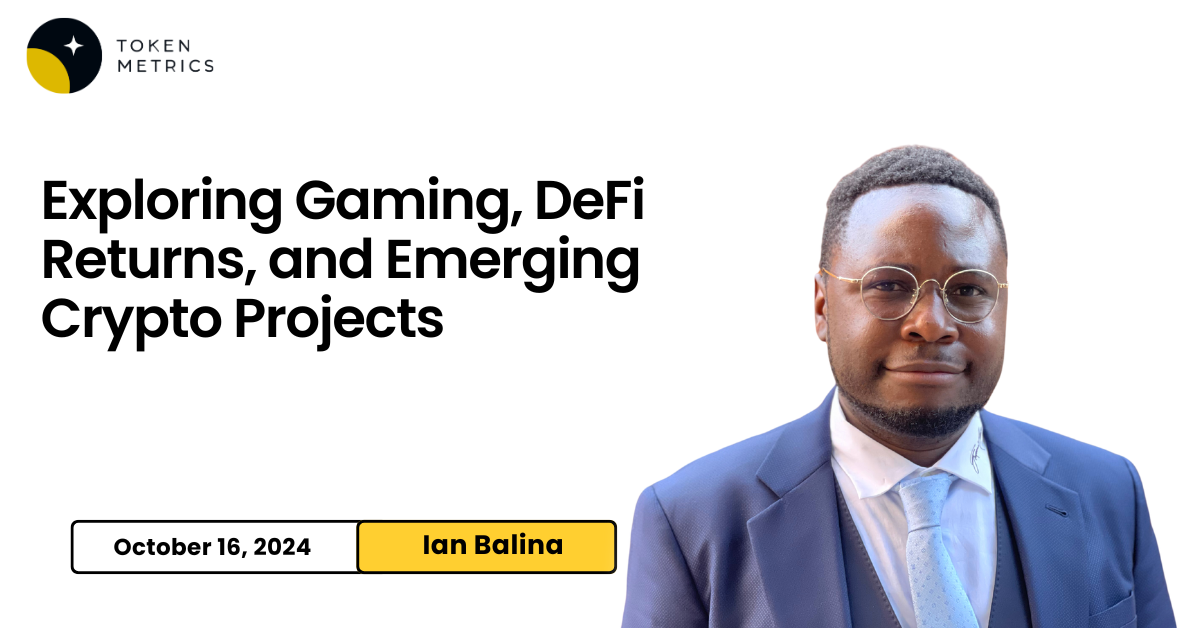Introduction
Kwil is a decentralized framework designed to deploy relational databases using Byzantine Fault Tolerant (BFT) networks. Its mission is to provide tools for Web 3.0 applications, allowing them to store and manage data in a decentralized, permissionless environment. With a focus on privacy, compliance, and security, Kwil aims to streamline the development of data-driven decentralized applications (dApps).
Innovation
Kwil introduces a novel approach to decentralized data management by allowing the deployment of permissionless relational databases. Unlike traditional database solutions that rely on centralized intermediaries, Kwil empowers developers to create data-driven dApps with decentralized access control baked into the blockchain. The ability to atomically link data to assets on other blockchains opens new doors for business models and incentivization mechanisms, setting Kwil apart in the decentralized database landscape.
Architecture
The architecture of Kwil revolves around independent blockchain networks, with each project having the flexibility to configure its own Proof-of-Stake (PoS) or Proof-of-Authority (PoA) blockchain, depending on its needs. Kwil databases leverage SQL for data storage and retrieval, supported by a modified Postgres engine that ensures deterministic execution and consensus. This architecture allows for high configurability, giving developers control over network nodes, access control, and the relational database structure through a specialized language called Kuneiform.
Code Quality
Kwil’s codebase reflects strong development practices, with its core components written in Go and compiled using the Kwild binary. The modularity introduced through Extensions allows developers to customize cryptographic signatures, import external libraries, and implement governance rules, highlighting the flexibility of the system. Additionally, the use of a widely recognized SQL engine, with modifications for decentralized execution, ensures a robust foundation for relational database management.
Product Roadmap
Kwil’s roadmap positions the platform for growth and adoption in the Web 3.0 space. Future iterations are expected to enhance the Kuneiform language for defining database structures and access controls, making it more versatile. The integration of extensions and further customization options will likely drive the development of sophisticated decentralized databases. Moreover, ongoing advancements in security, privacy, and network governance aim to expand Kwil’s usability across a wider range of decentralized applications and industries.
Usability
For developers familiar with SQL, Kwil offers a familiar yet decentralized environment for managing relational databases. The framework’s use of Kuneiform provides a straightforward syntax for defining schemas and access controls, lowering the barrier for developers looking to build decentralized data solutions. However, the unique nature of combining relational databases with blockchain technology may introduce a learning curve, particularly for those new to decentralized architectures.
Team
The Kwil team consists of experienced developers and blockchain architects with a deep understanding of decentralized technology and data management. Their expertise in creating permissionless relational databases that prioritize privacy and compliance has been key to the platform’s innovation. The team’s dedication to modularity and customization reflects their forward-thinking approach to decentralized application development.
Conclusion
Kwil stands out as an innovative solution in the decentralized database space, offering developers a flexible, permissionless framework for deploying relational databases. With its architecture rooted in SQL and enhanced by a customizable blockchain structure, Kwil provides a secure, compliant, and scalable option for building Web 3.0 applications. As the platform continues to evolve, it is poised to become a key player in the decentralized data management ecosystem.
| Initial Screening | |||
| Keep researching | |||
| Does this project need to use blockchain technology? | Yes | ||
| Can this project be realized? | Yes | ||
| Is there a viable use case for this project? | Yes | ||
| Is the project protected from commonly known attacks? | Yes | ||
| Are there no careless errors in the whitepaper? | Yes | ||
| Project Technology Score | |||
| Description | Scorecard | ||
| Innovation (Out Of 11) | 9 | ||
| How have similar projects performed? | Good | 2 | |
| Are there too many innovations? | Regular | 2 | |
| Percentage of crypto users that will use the project? | 6%-10% | 3 | |
| Is the project unique? | Yes | 2 | |
| Architecture (Out of 12) | 9 | ||
| Overall feeling after reading whitepaper? | Good | 2 | |
| Resistance to possible attacks? | Good | 2 | |
| Complexity of the architecture? | Not too complex | 2 | |
| Time taken to understand the architecture? | 20-50 min | 1 | |
| Overall feeling about the architecture after deeper research? | Medium | 2 | |
| Has the project been hacked? | No | 0 | |
| Code Quality (out of 15) | 13 | ||
| Is the project open source? | Yes | 2 | |
| Does the project use good code like C,C++, Rust, Erlang, Ruby, etc? | Yes | 2 | |
| Could the project use better programming languages? | No | 0 | |
| Github number of lines? | More than 10K | 1 | |
| Github commits per month? | More than 10 | 2 | |
| What is the quality of the code? | Good | 2 | |
| How well is the code commented? | Outstanding | 2 | |
| Overall quality of the test coverage? | Good | 1 | |
| Overall quality of the maintainability index? | Good | 1 | |
| When Mainnet (out of 5) | 5 | ||
| When does the mainnet come out? | Mainnet | 5 | |
| Usability for Infrastructure Projects (out of 5) | 5 | ||
| Is it easy to use for the end customer? | Medium | 5 | |
| Team (out of 7) | 6 | ||
| Number of active developers? | 5+ | 2 | |
| Developers average Git Background? | Intermediate | 1 | |
| Developers coding style? | Outstanding | 3 | |
| Total Score (out of 55) | 47 | ||
| Percentage Score | |||
| Innovation | 16.36% | ||
| Architecture | 16.36% | ||
| Code Quality | 23.64% | ||
| Mainnet | 9.09% | ||
| Usability | 9.09% | ||
| Team | 10.91% | ||
| Total | 85.45% |





